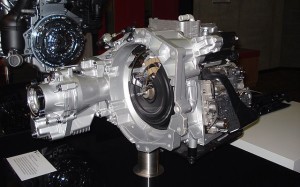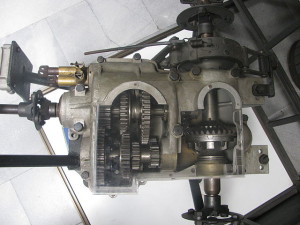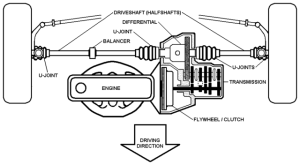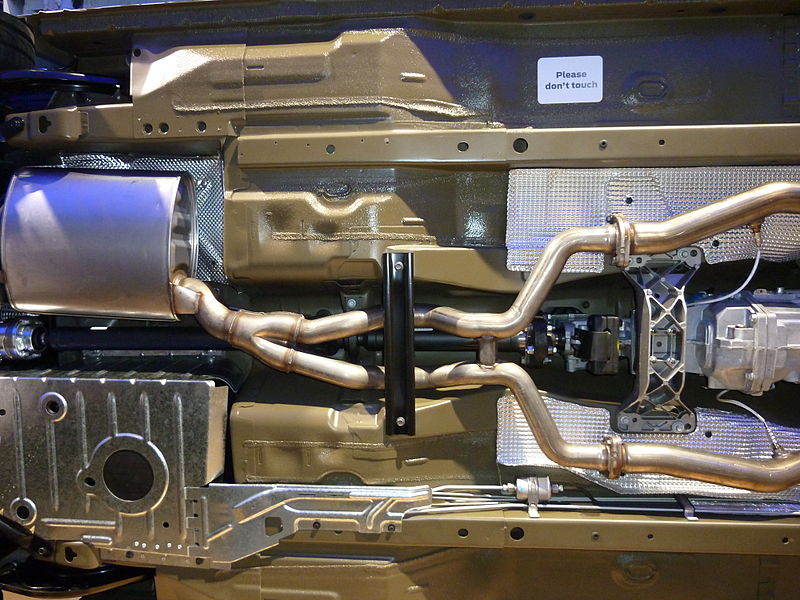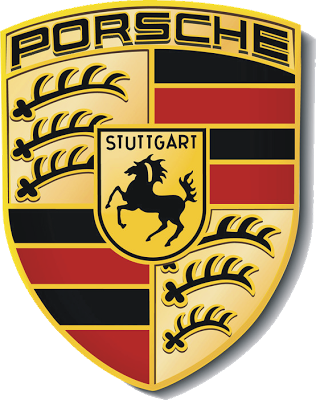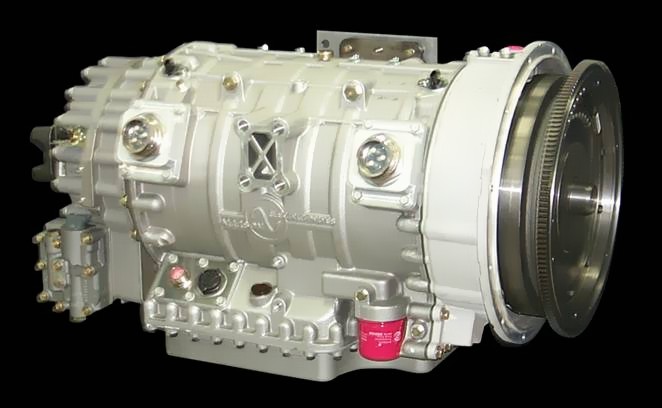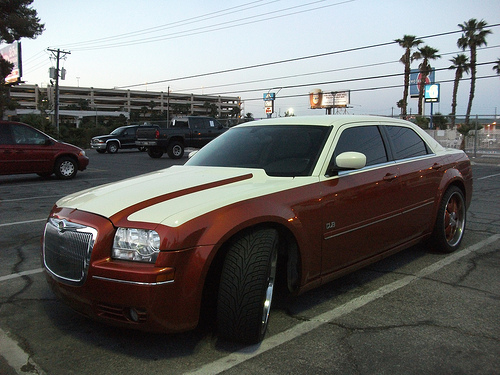What is a Transaxle?
A transaxle is a complex machine that brings together a transmission and final drive components like a differential. In that way, a transaxle is capable of driving the axles without any additional components. This is particularly useful in front wheel drive cars, where a CV axles can be plugged directly into the unit, although transaxles are also used in front-engine rear-wheel-drive applications.
Contents
Defining the Transaxle
The word “transaxle” is a portmanteau of the words “transmission” and “driven axle,” which essentially describes what this component is and what it does. Specifically, it transmits power from the engine to the drive wheels via the driven axles, and it also allows the driver to change the gear ratios.
Of course, this is all in American English. In British English, the word “transmission” already refers to all of the various components in the drive train, which includes both the transmission and the differential. The main difference between a transaxle and the British definition of transmission is that a transaxle contains both a transmission and a differential in a single housing.
History of the Transaxle
Although transaxles have only entered into widespread use in relatively recent history, they’ve been around just as long as the automobile itself. Of course, the first transaxles were used in rear-wheel drive vehicles that had front-mounted engines. One of the earliest examples was the De Dion Bouton in 1898, although Stutz also introduced a rear-wheel drive, front-engine transaxle in 1914, and Bugatti had one by 1929. Of course, the rear-engine, rear-wheel-drive Volkswagen Beetle also used a transaxle starting in 1938.
Most early examples of transaxles were in European cars, and the trend didn’t reach the United States until the 1960s. In 1960, the Chevrolet Corvair was introduced with a rear-engine, rear-wheel-drive transaxle, and the front-engine, rear-wheel-drive Pontiac Tempest utilized one in 1961.
Starting in the 1980s, a handful of automakers turned to transaxles for four-wheel-drive vehicles. Audi’s Quattro system, which first appeared in the 1981 Audi Quatro turble coupe, uses a transaxle. Ford and Mitsubishi also introduced four-wheel-drive vehicles with transaxles in the 1980s, and Nissan’s 2007 GT-R also introduced a front-engine four-wheel-drive transaxle system.
Transaxle Ubiquity
Although the history of the transaxle is full of examples where the engine and the drive wheels are located on opposite ends of the vehicle, this technology is nearly ubiquitous in the reverse configuration. That is to say, vehicles where the drive wheels and the engine are located on the same end (front or rear) almost always use a transaxle.
An early example of this configuration is the Volkswagen Beetle with its rear-engine, rear-wheel drive configuration, but the popularity of this layout has exploded in the last few decades. Today, a huge number of Japanese and American front-wheel drive cars use transaxles, and that configuration is especially popular in smaller cars.
Transaxle Orientation
Transaxles can be oriented either longitudinally or in a transverse fashion. Transverse transaxles are used in concert with transverse engines in a large percentage of modern front-wheel drive vehicles, which is a configuration that places the entire drive train and the drive wheels in the front end of the vehicle.
On the flip side, most rear-wheel drive vehicles utilize a longitudinal engine configuration with a conventional transmission and drive train. However, rear-wheel drive vehicles with transaxles that have either mid- or rear-engined layouts do use transverse-mounted transaxles. When the engine is located in the rear, the overall configuration is very similar to a front-engine layout.
Components of a Transaxle
The components of a transaxle can vary from one design to another, but they typically contain most of the same components as a transmission and a differential. Some of the major components include:
- Shafts (input, idler, counter, etc)
- Clutches and gears
- Bearings
Of course, a transaxle contains these components in different amounts and configurations than either a transmission or a differential. In addition to allowing the driver to change gear ratios (the function of the transmission), it also has to be able to distribute torque to the drive wheels.
Transaxle Failure
Since a transaxle consists of a transmission, differential, and other final drive components, there are a lot of potential failure points to consider. Some things to keep an eye (or ear, or nose) out for include:
- Burnt transmission fluid
- Slipping gears
- Transmission noise (especially in neutral)
- Excessive shaking on shifting gears
- Drag when coasting
- Excessive noise when starting from a complete stop (whining, rumbling, clunking)
Since you depend on your transaxle to get power from your engine to your drive wheels, it’s important to investigate potential failures as soon as (or before) they happen. To that end, it’s a good idea to check your fluid regularly and take your vehicle in to a trusted shop at the first sign of trouble.

